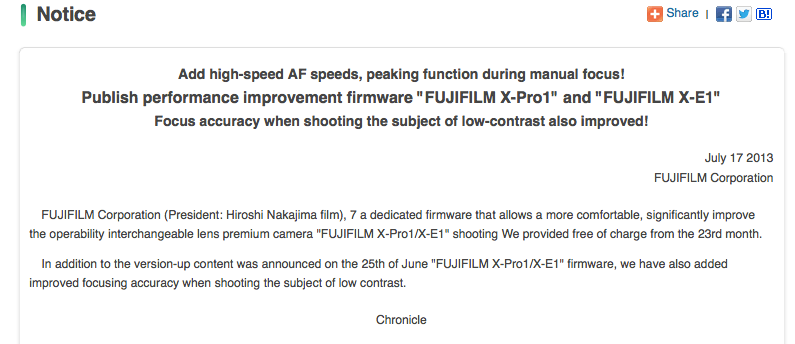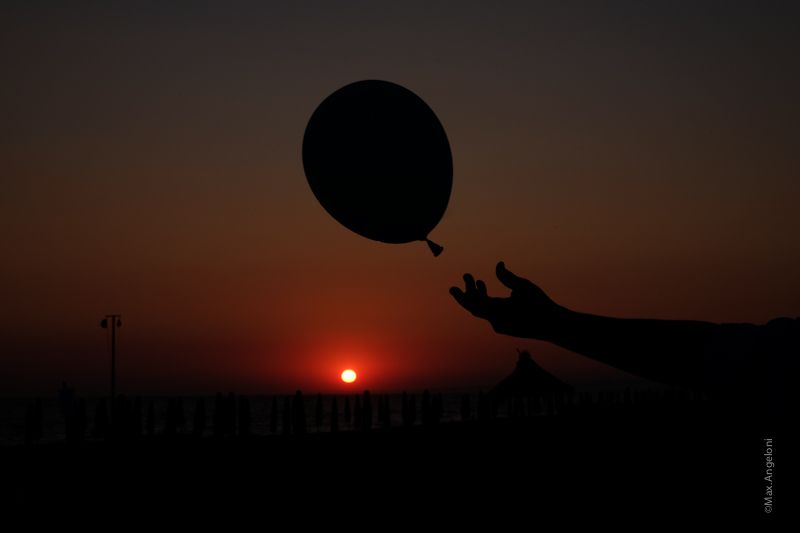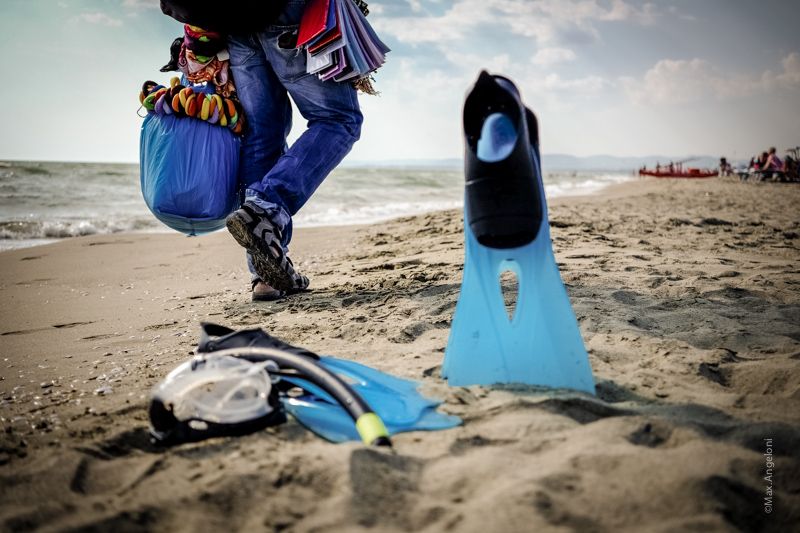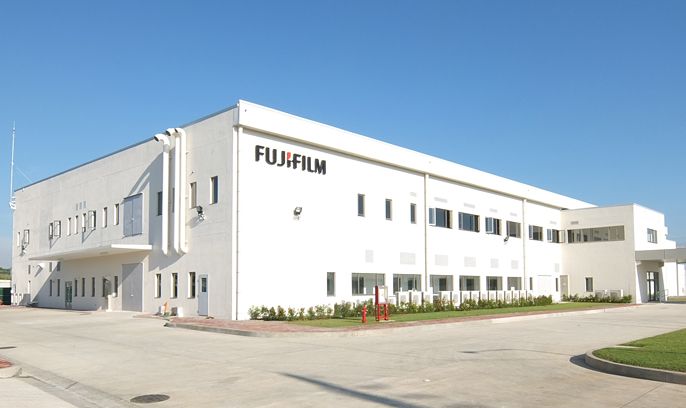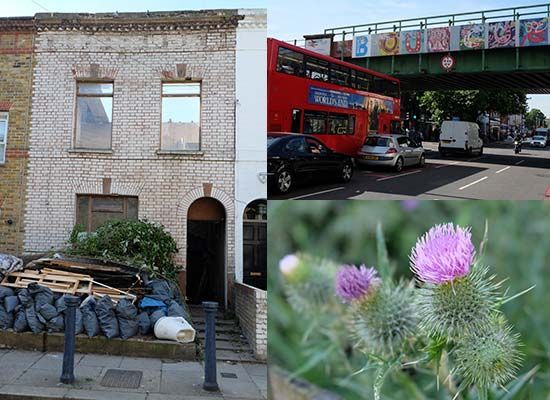More details about the new X-PRO1 and X-E1 firmware on July 23.
On June 25 Fujifilm announced a new firmware for the X-E1 (Ver 2.00) and X-PRO1 (Ver 3.00). Now the company added some more details about it:
“In addition to the version-up content was announced on the 25th of June “FUJIFILM X-Pro1/X-E1” firmware, we have also added improved focusing accuracy when shooting the subject of low contrast.”
1. Improved AF speed on most existing XF lenses.
Thanks to an updated algorithm, faster AF speed is achieved with the following XF lenses:
XF14mmF2.8 R
XF18mmF2 R
XF35mmF1.4 R
XF60mmF2.4 R Macro
XF18-55mmF2.8–4 R LM OIS
NB: To benefit fully from the improvements above you will need to upgrade your XF lens firmware as well as your camera firmware
2. Addition of a “Focus Peak Highlight” function for manual focusing.
A “Focus Peak Highlight” function, as featured on the FUJIFILM X100S and X20 cameras, has been added to the X-Pro1 and X-E1 via this firmware update. It assists accurate and sensitive manual focusing by enhancing the outline of your subject in high contrast.
3. Improvement of the method to change magnification during manual focus.
Just press the dial to activate image magnification during manual focus and then rotate the dial right or left and the camera will alternate between 3x and 10x, whichever direction you turn.
4. Improvement of focus precision in various scenes
The focus detection algorithm has been improved to provide more accurate focus precision for low contrast subjects and scenes containing horizontal stripes.
5. XF18-55mmF2.8-4 R LM OIS lens:
Optical Image Stabilisation (OIS) is improved when recording videos. The OIS has been improved to reduce image blurring when walking and recording video footage.
source fujifilm (found via digicame via ephotozine)


